FOUNDATIONS REVEALED COMPETITION ENTRY

Lady Godiva
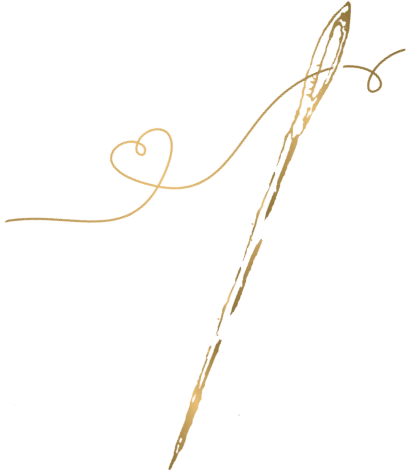
Outline the story …
I decided to enter the competition as I was telling my children stories about King Arthur and Guinevere. I looked for some late Victorian paintings of Guinevere and stumbled across a couple of Lady Godiva of Mercia. Coventry Cathedral was central to my doctoral thesis and was founded by Godiva. I remembered an eponymous poem written by Alfred, Lord Tennyson published in 1842. The evocative poem describes mothers bringing their children to Godiva, begging her to repeal the new tax imposed on them by her husband, Leofric, so that the children will not starve. Then Godiva begs Leofric for the sake of the people, before riding naked through the city ‘clothed on with chastity’. After re-reading the poem, and with the personal connections to Coventry, I had to choose Godiva. Fortunately, although the classic nude image of her would have been an easy costume, there is some depiction of her appearance in the poem. Tennyson writes of ‘the diamond in her ear’ and ‘the wedded eagles of her belt’. I made a pair of diamond and pearl earrings, and a two-part belt buckle with mirrored eagles out of gold and red coloured modelling clay. For the rest of the costume, I particularly took inspiration from John Clifton’s painting of the poem’s confrontation (housed at the Herbert Gallery, Coventry). I added the velvet cape because the idea of riding naked through Coventry when I was planning this on a rainy December day made me feel far too cold!
Outline the construction…
Not finding a suitable pattern for the idea I had, I attempted to draft a pattern using Winifred Aldrich’s Metric Pattern Cutting for Women’s wear. I made some mistakes with the angles of the neckline which I was able to correct in my toile. Without instructions for the construction, I relied a lot on Google, blogs and YouTube to work out the order of some of the sewing, and how to draft facings etc.
I began with a beautiful blue cotton sateen, but immediately realised it was too lightweight and slippery to work with well, so flatlined the pieces to some heavier cotton poplin. After sewing the main seams, I realised I hadn’t thought about how to finish them, so opted for a mock French seam. I padded the hem: cutting bias strips from a worn-out cotton twill skirt to interline the dress and hem facing. I added a ‘modesty’ placket to the lacing side, attaching it to the underarm seam so it could move freely under the lacing. The jacquard ribbon trim is whip stitched onto the neckline, sleeves and a belt made from a tube of flatlined fabric. I made some tassels to add interest to the belt ends. The white undersleeves were set in after the blue sleeves. I embroidered G(odiva) and M(ercia) onto buttons for the undersleeve closures. The cape is four lengths of velvet gathered round the neck and falling to half the width of the fabric at the bottom, lined with satin.

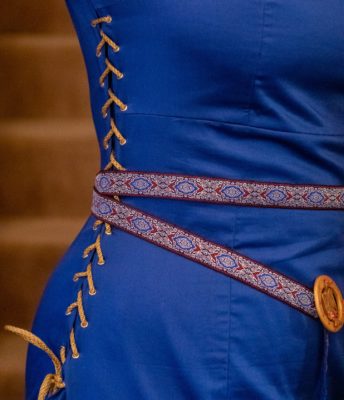

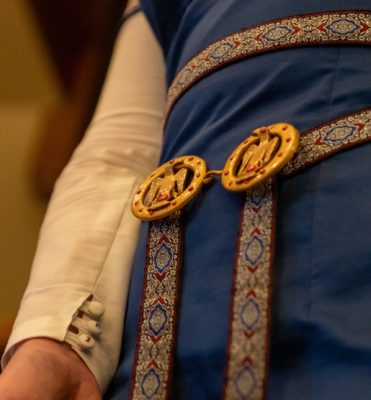
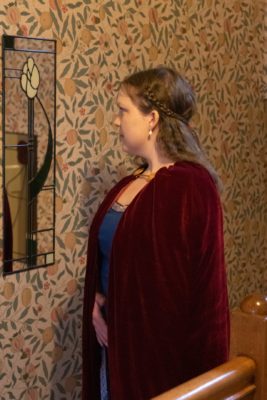
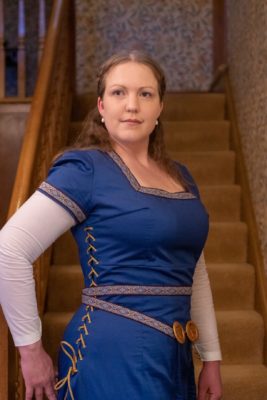
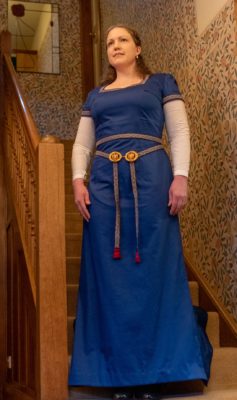
Well done! I love this, you look so regal. The dress fits beautifully
Such an eye catching blue <3 I really love the look. Godiva was awesome. underrated rebel
I love the side lacing and trim. Great job!
fabulous
Great design and the color choices are make this so rich!
Your attention to details is inspiring – the trim, side lacing, belt buckles, even tiny embroidery on the buttons, wow
This is amazing. The details are fabulous. 😀
Put together so well. You look stunning.
Great job, what a striking outfit!
I love absolutely everything in this dress: from the very nice fitting cut to the gorgeous blue color!
My soft spot for Victorian romanticized medievalism is so happy! Beautifully realized.
Beautifully captured and absolutely stunning!!! I love the tale of Lady Godiva and you really did her justice!
I love the story, always have, the poem and the dress! The fact you thought to include the finer details of the belt and earrings is awesome. I love this! Thank you!
I love the colors and the little details to match the poem. It does look quite regal.
What a lovely gown and accessories 🙂